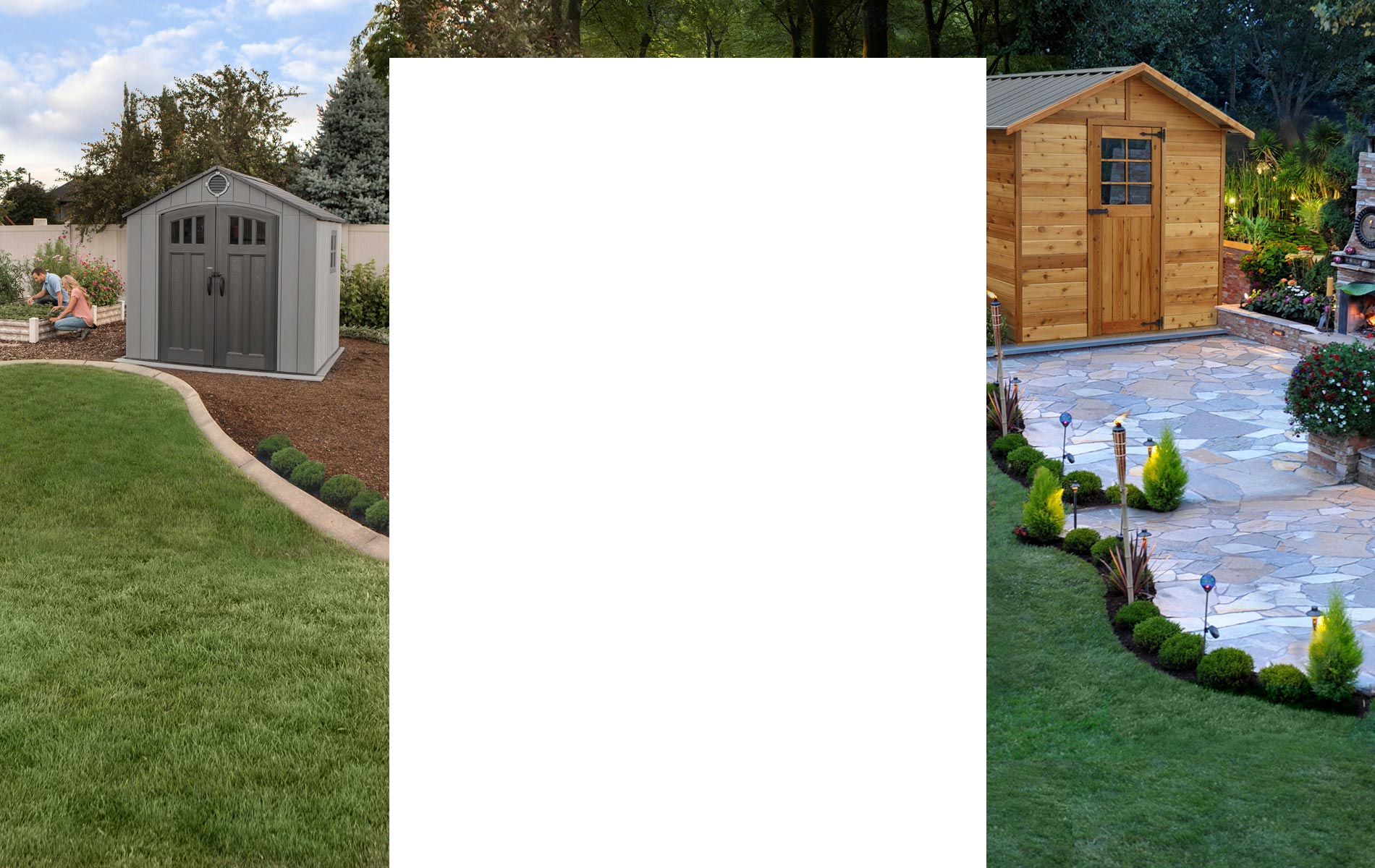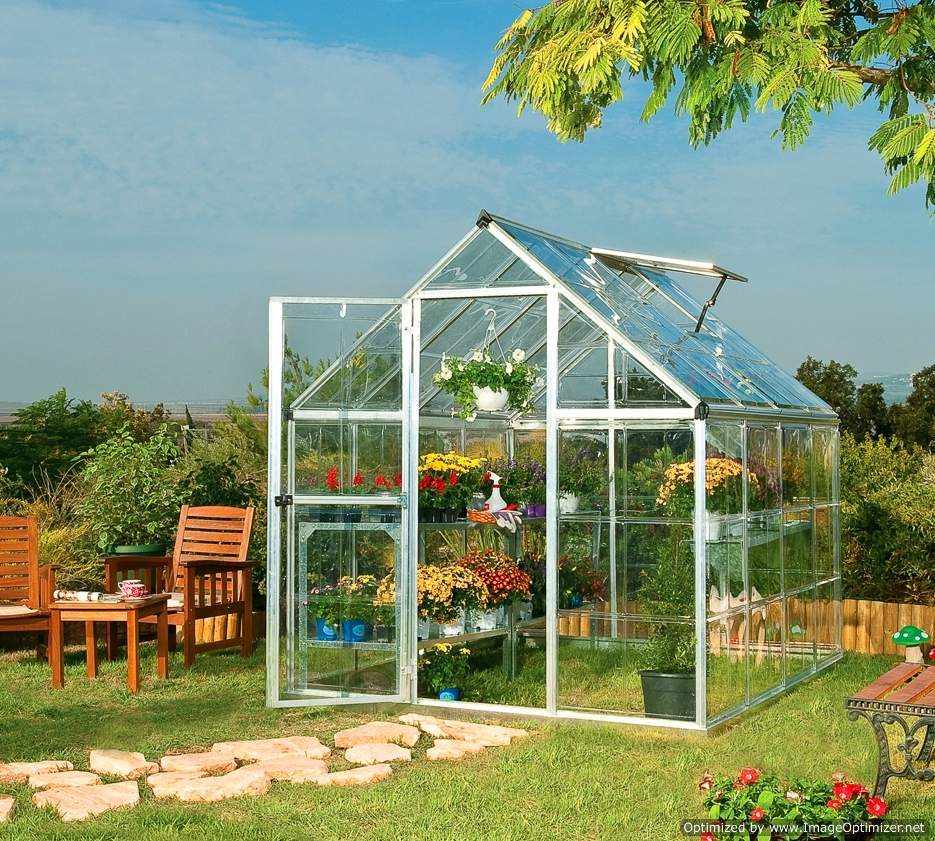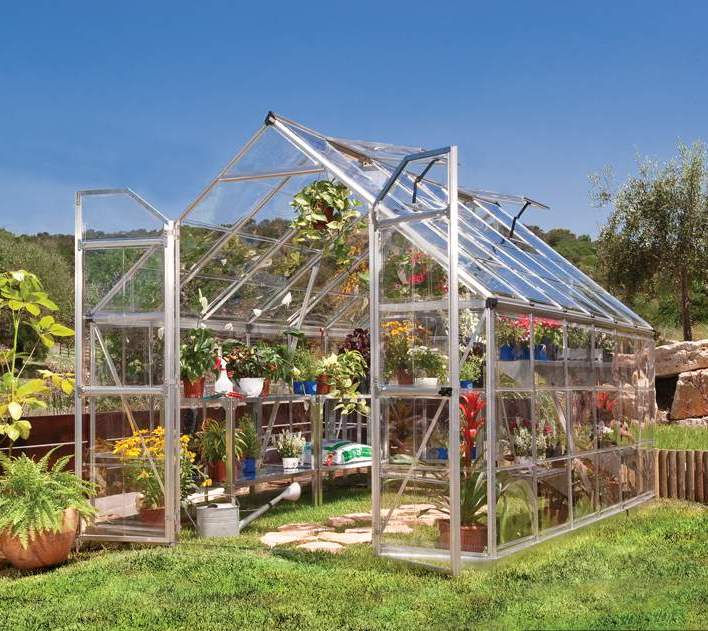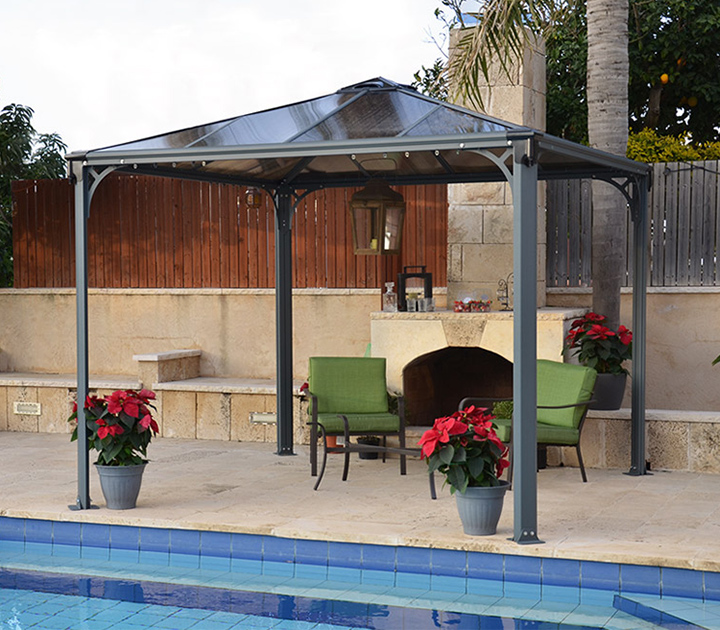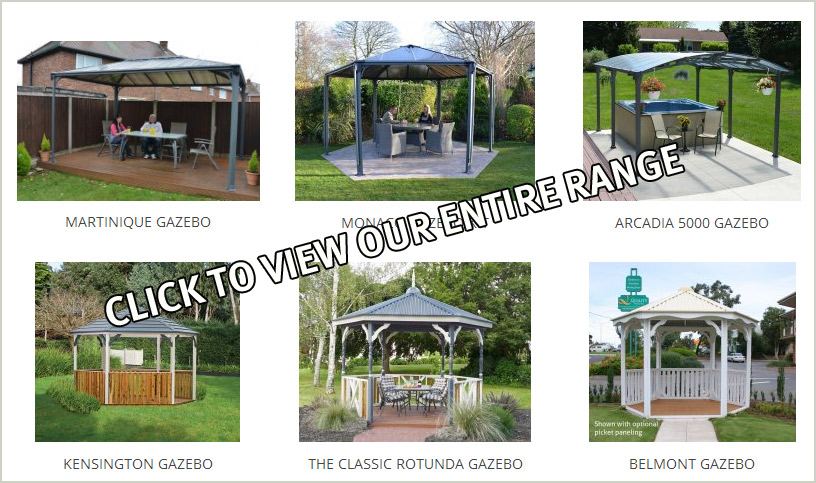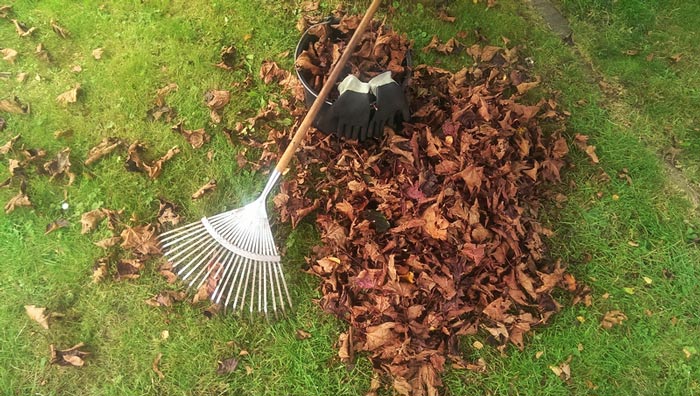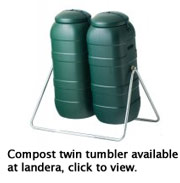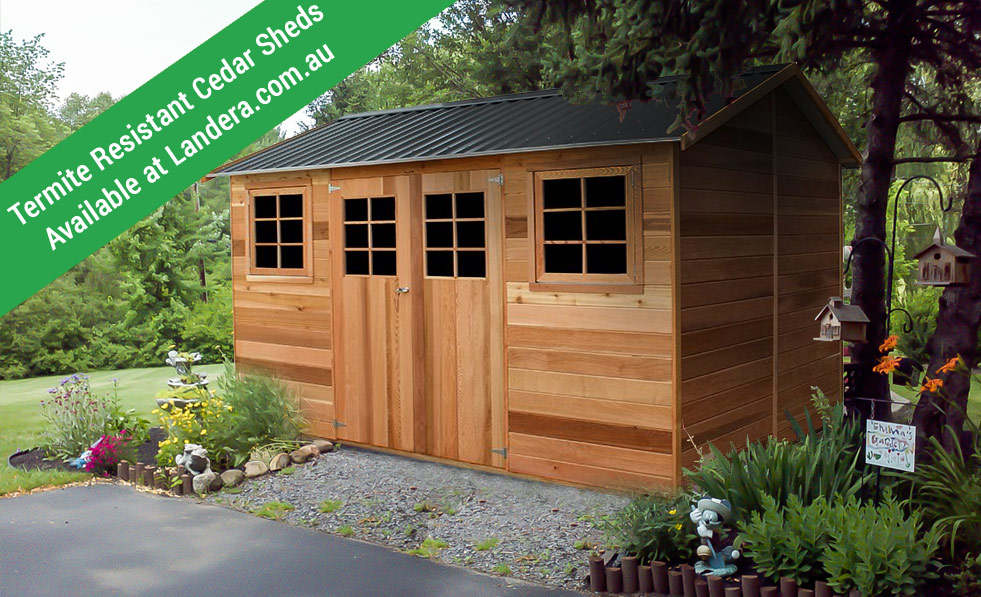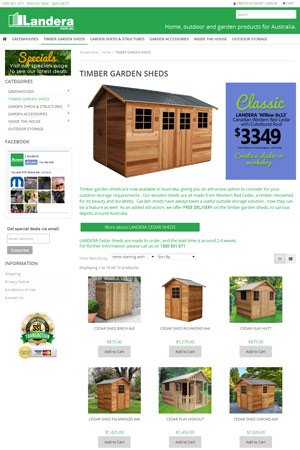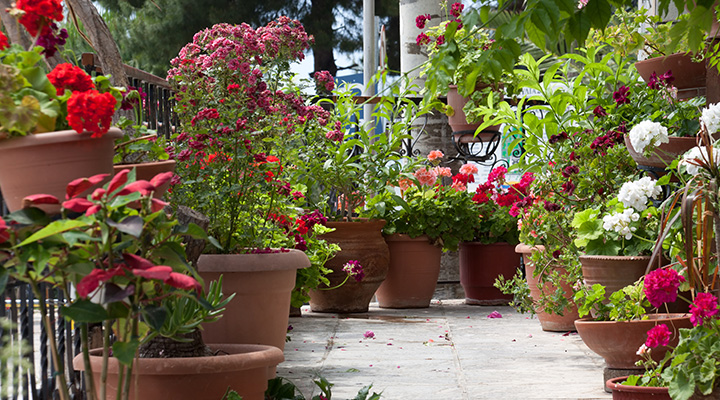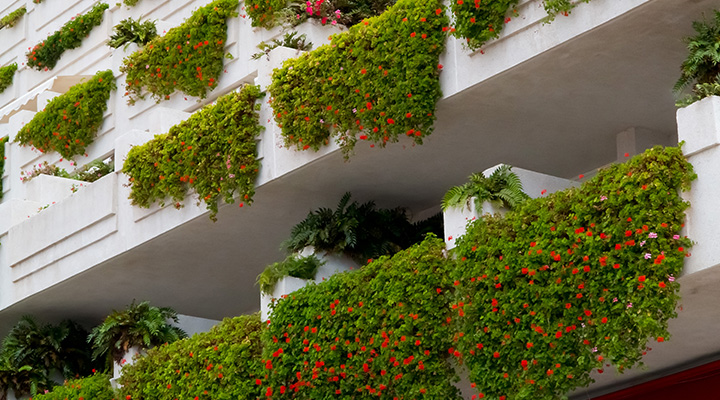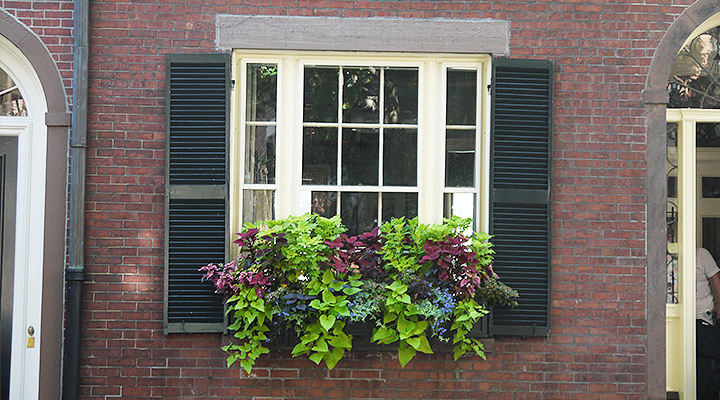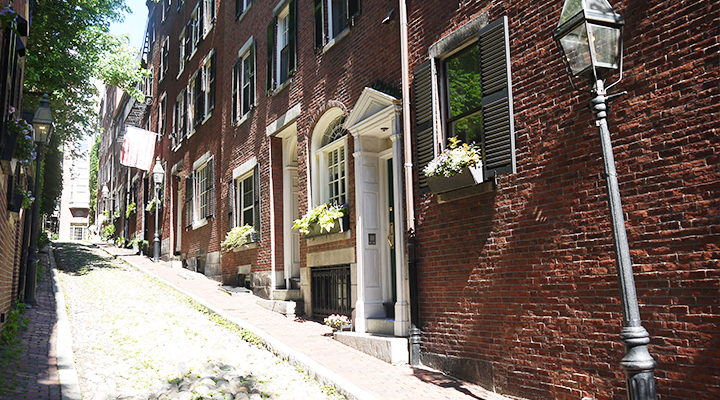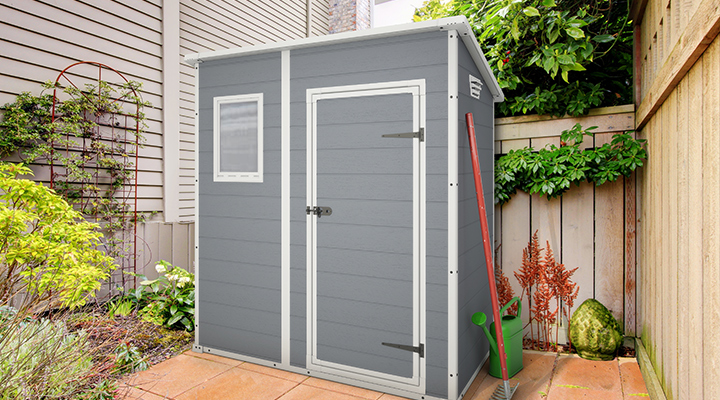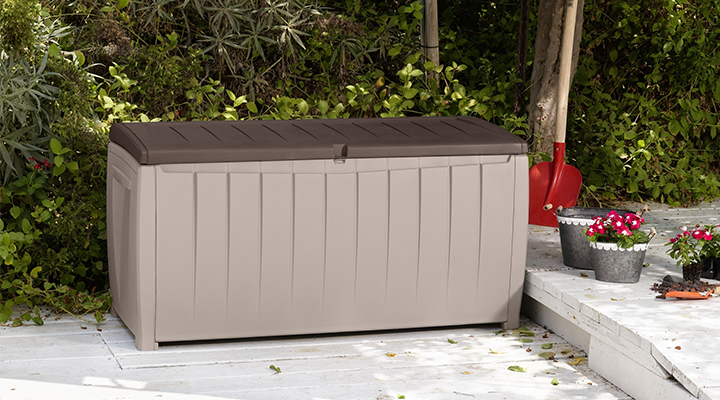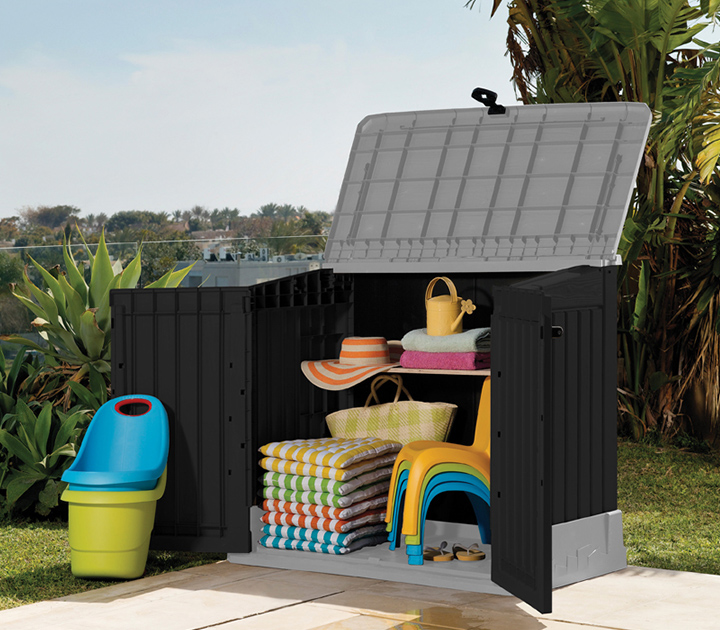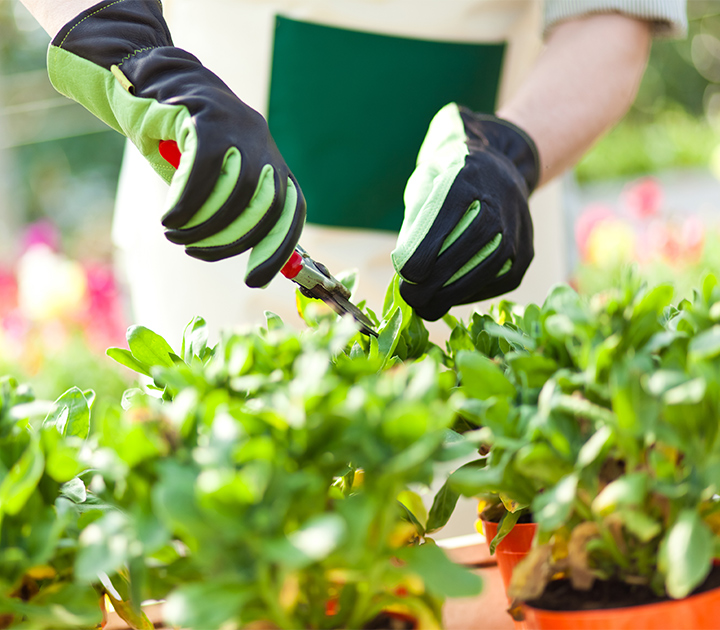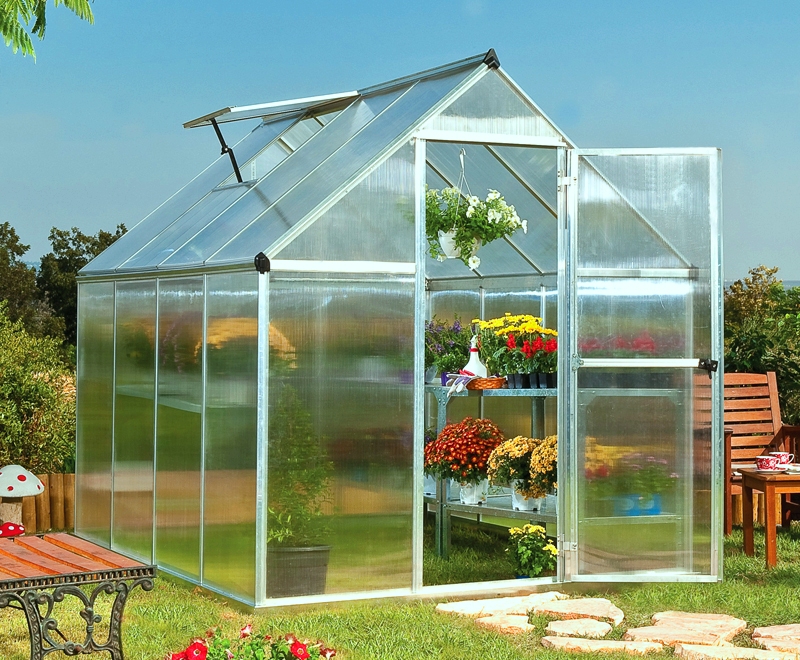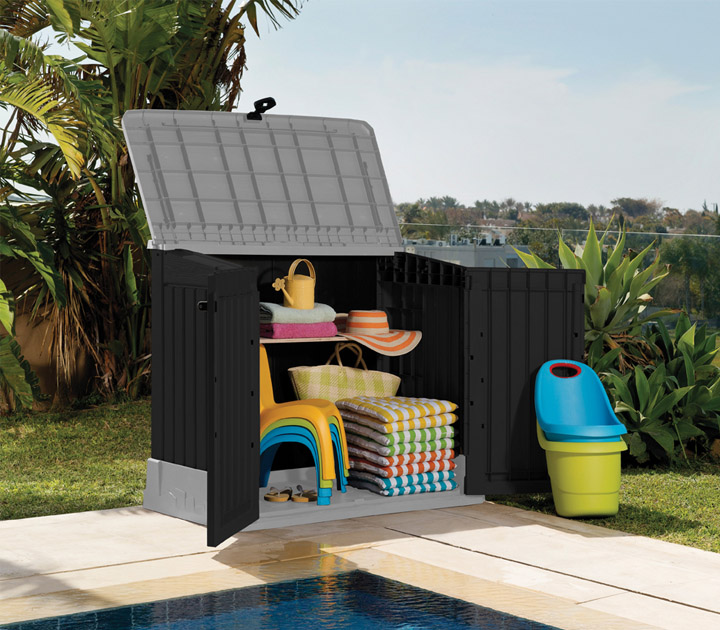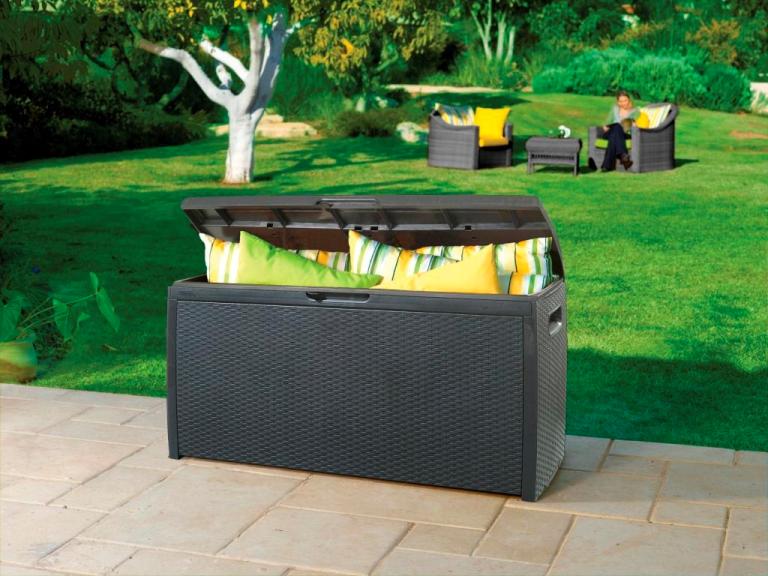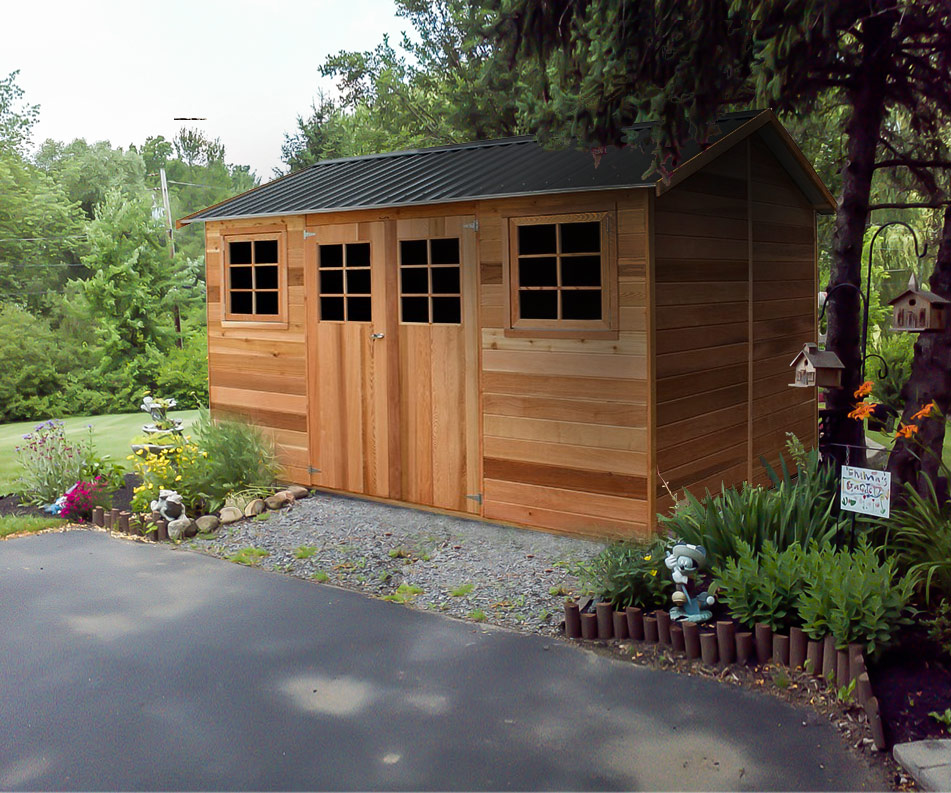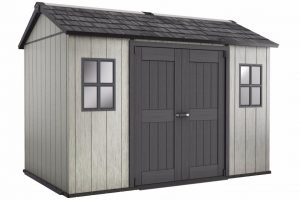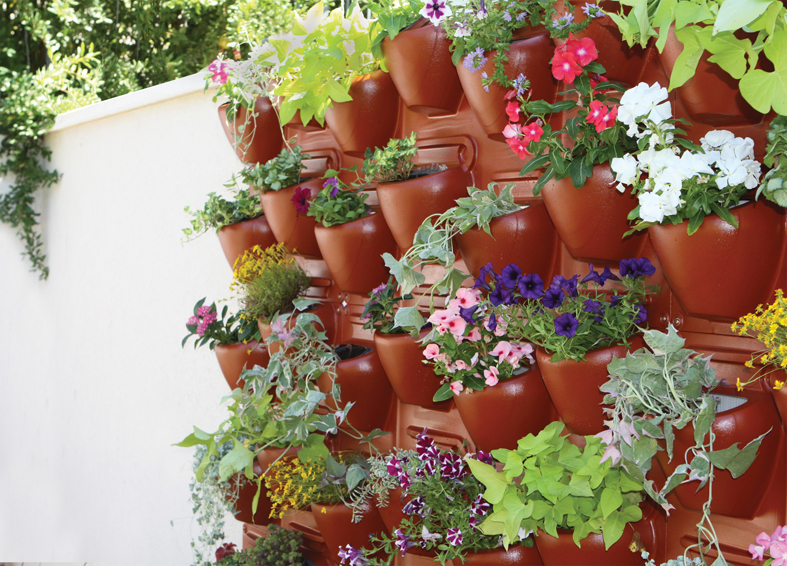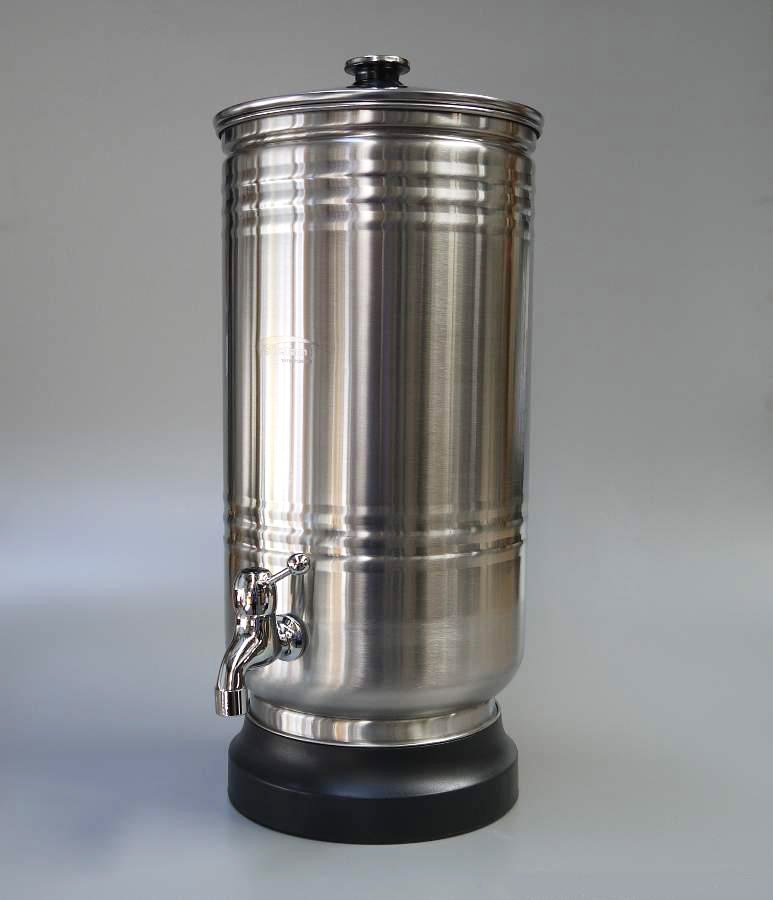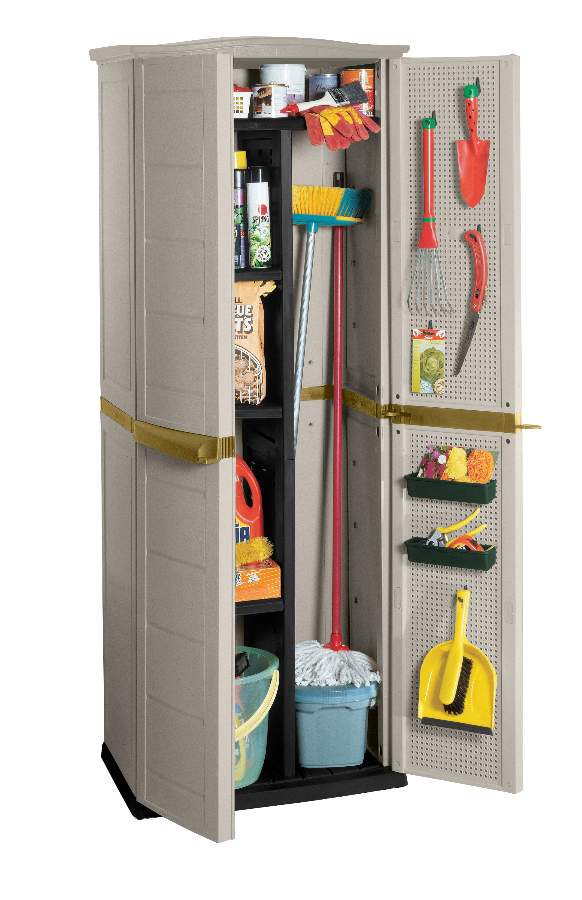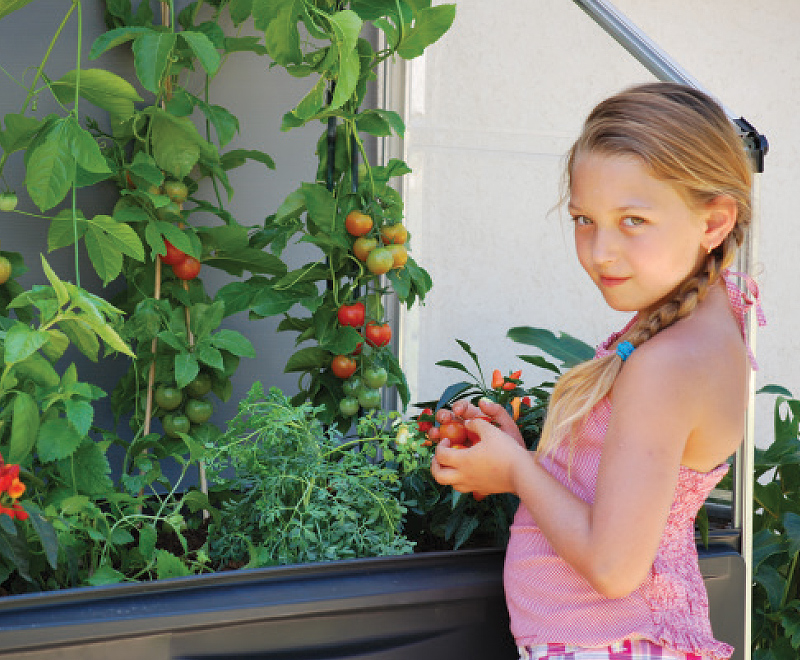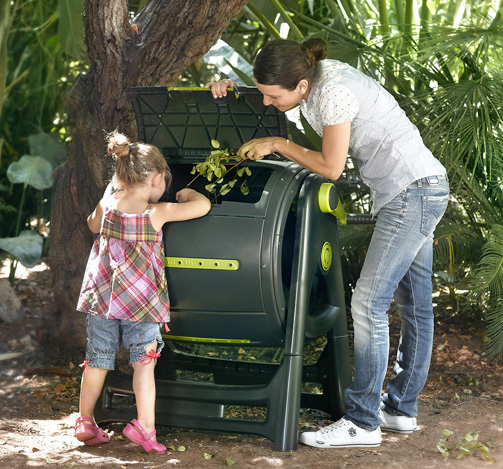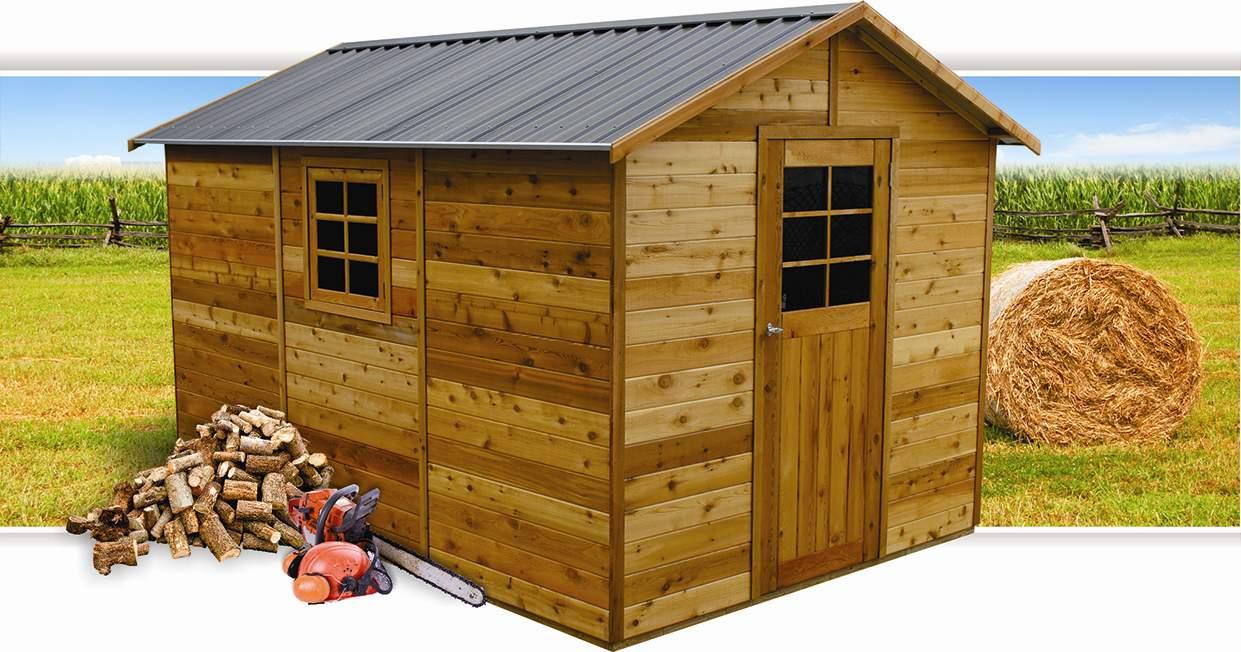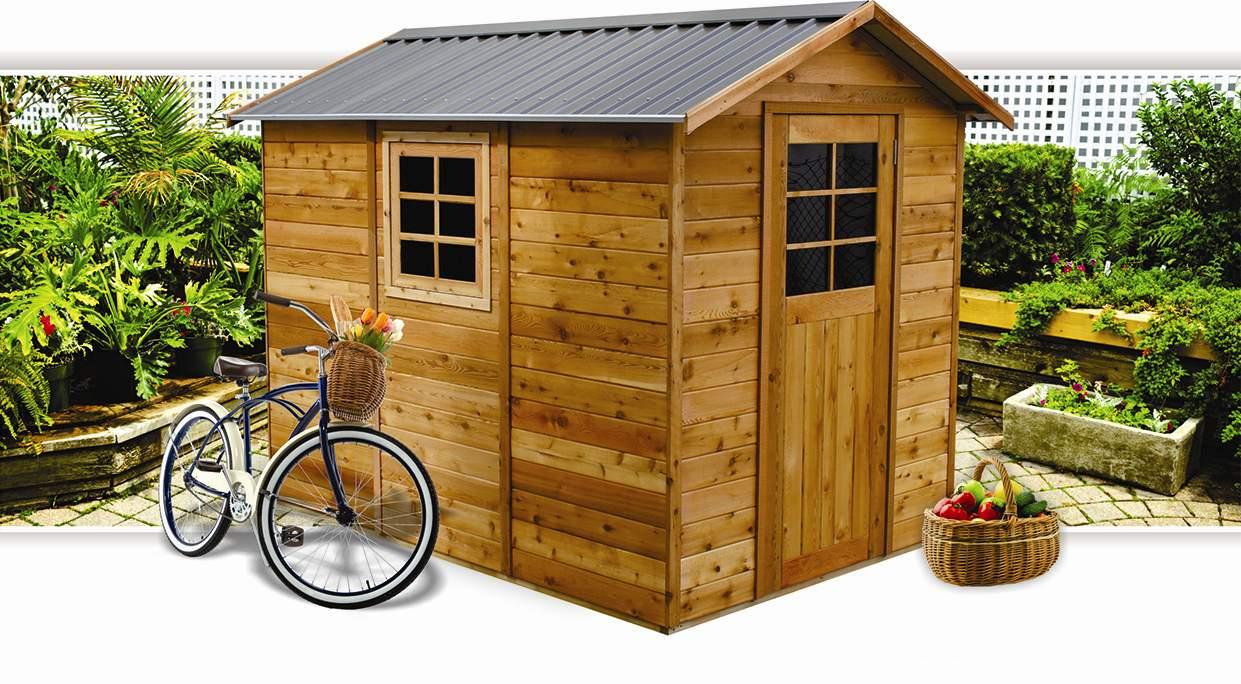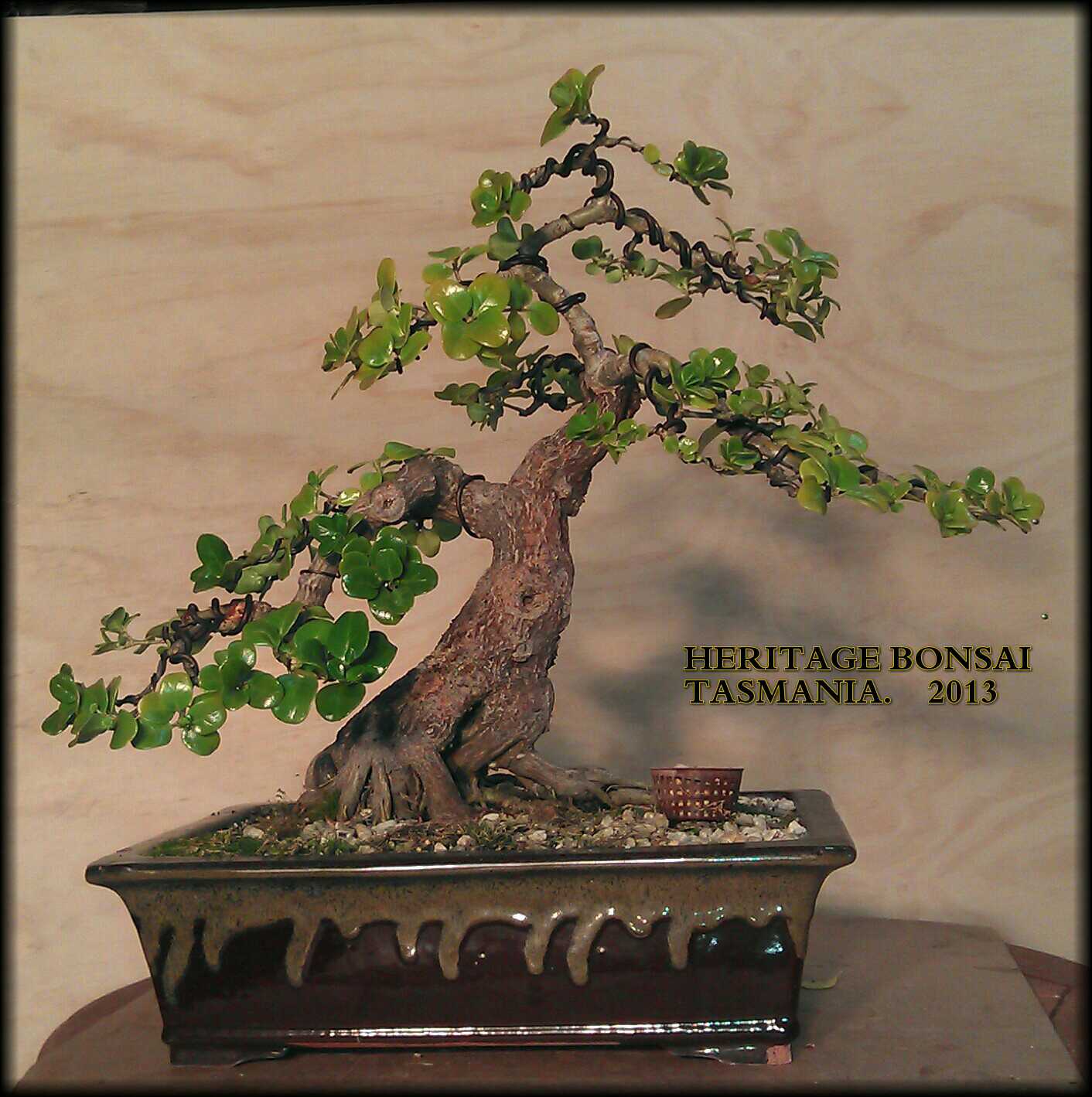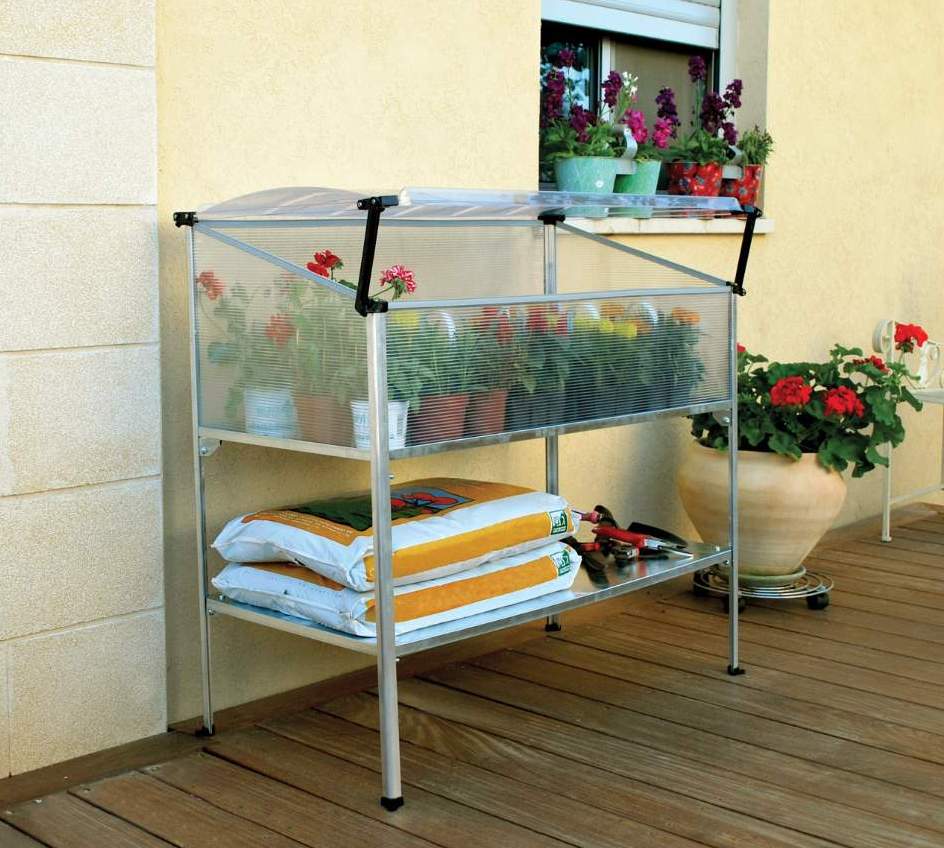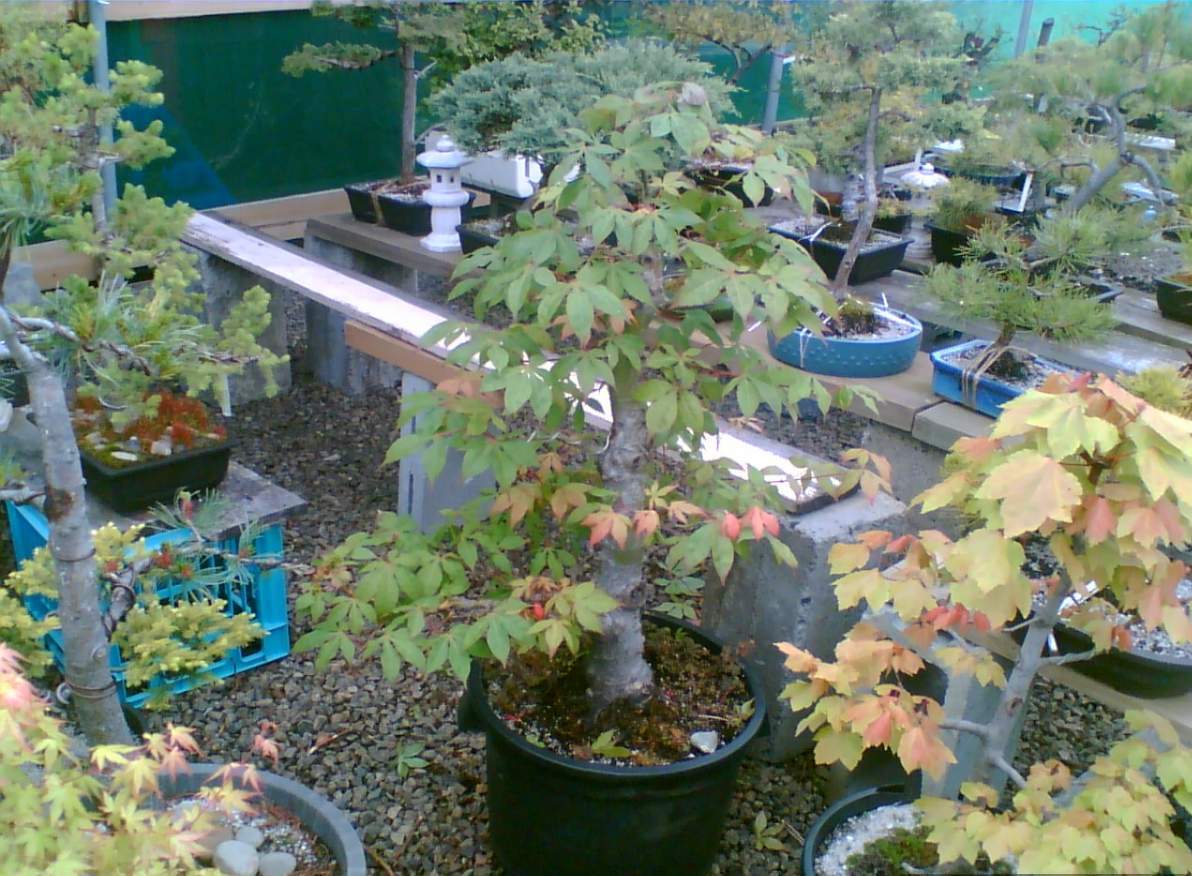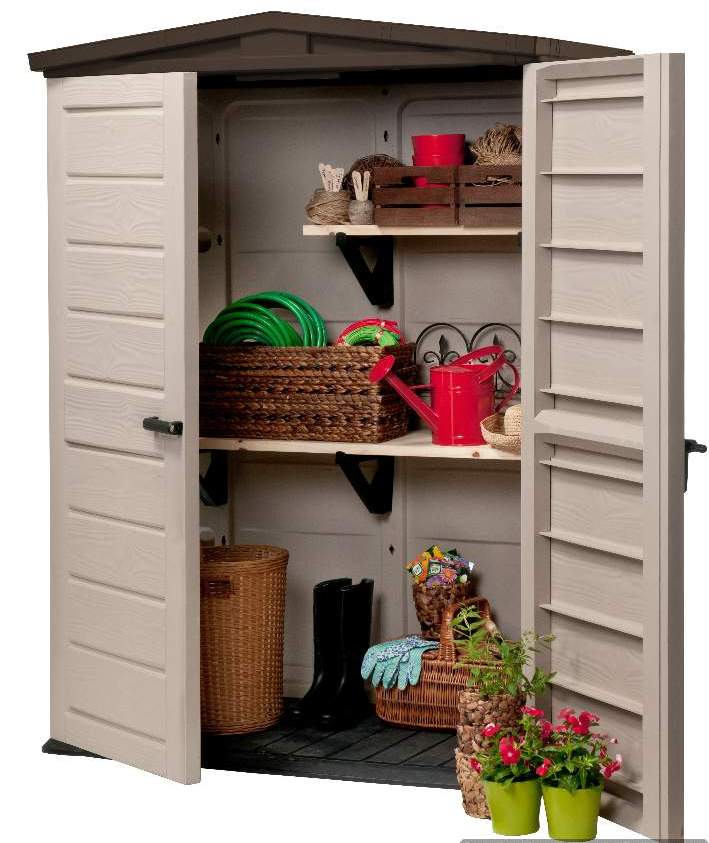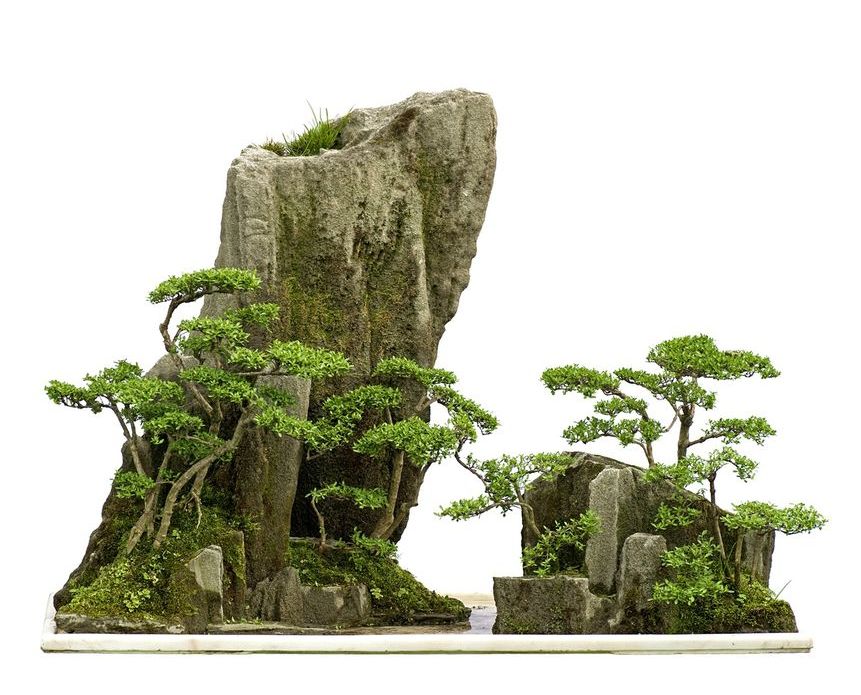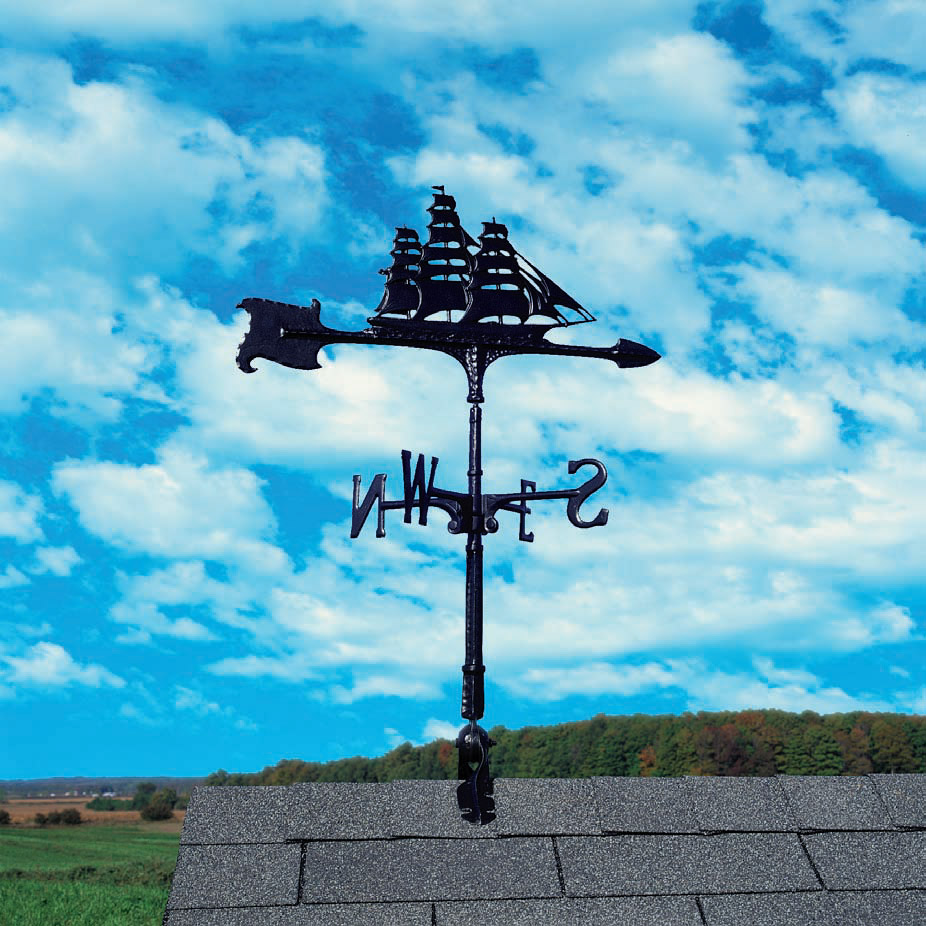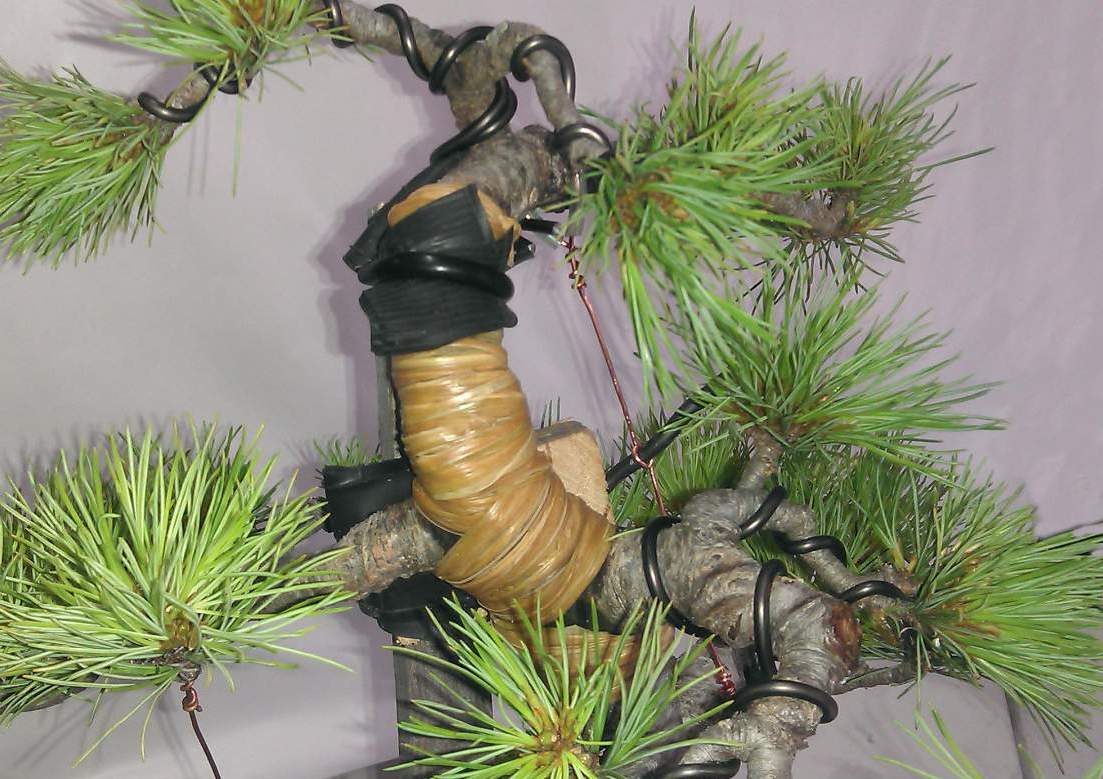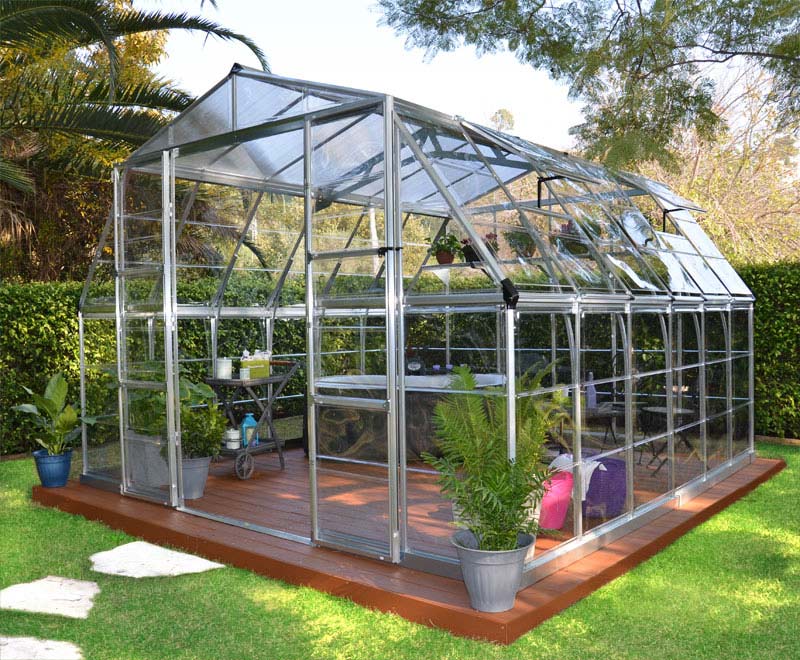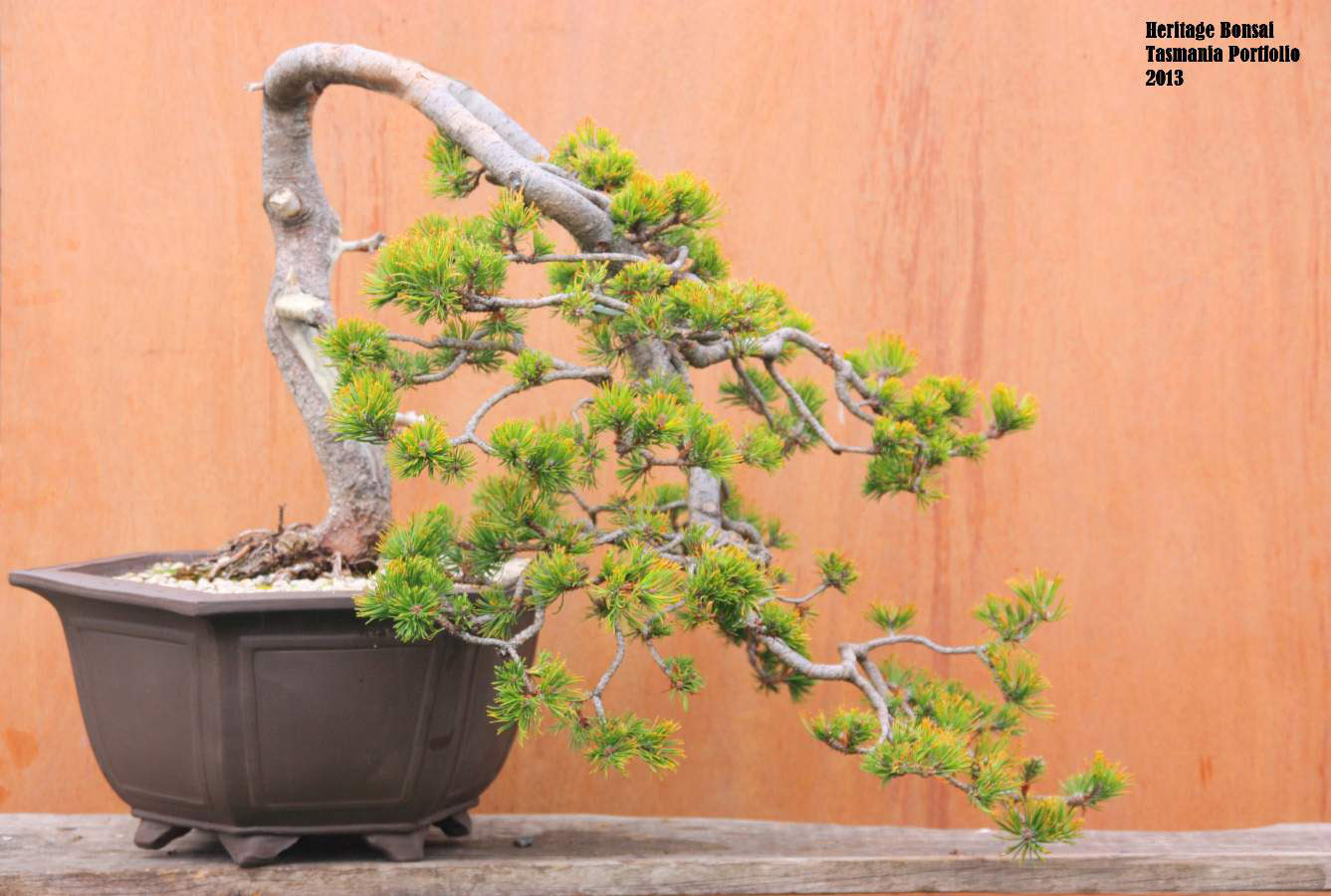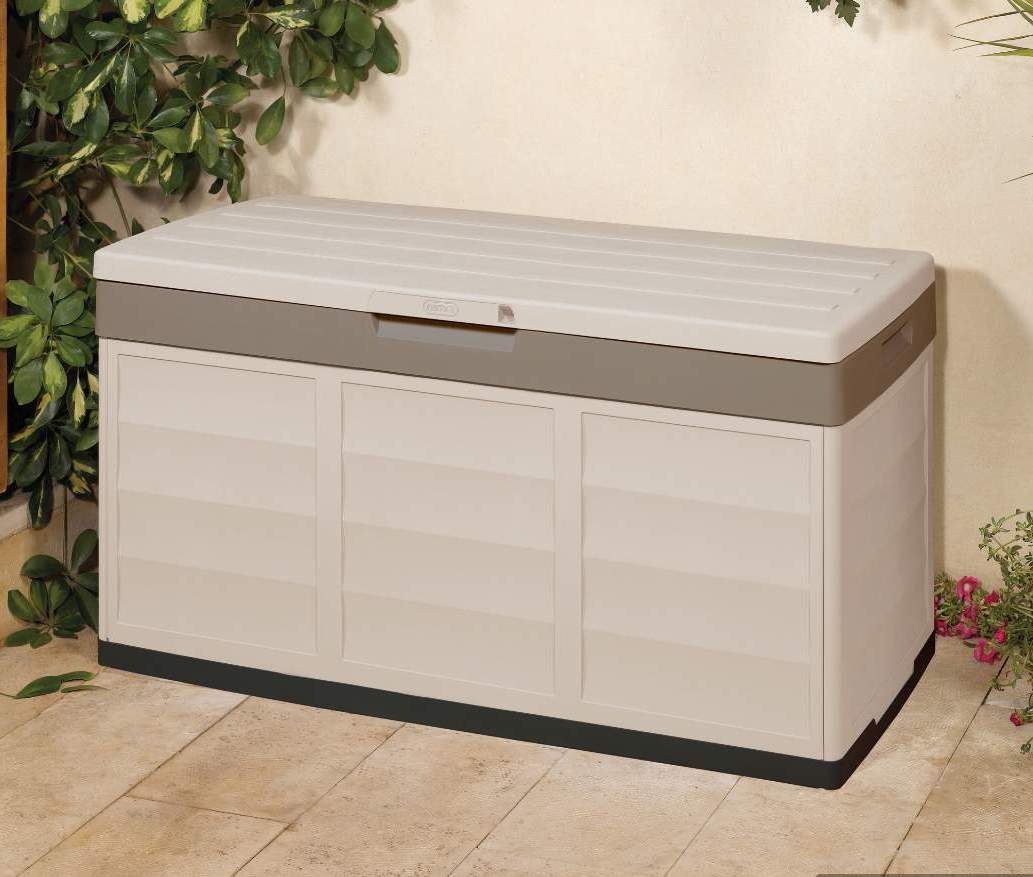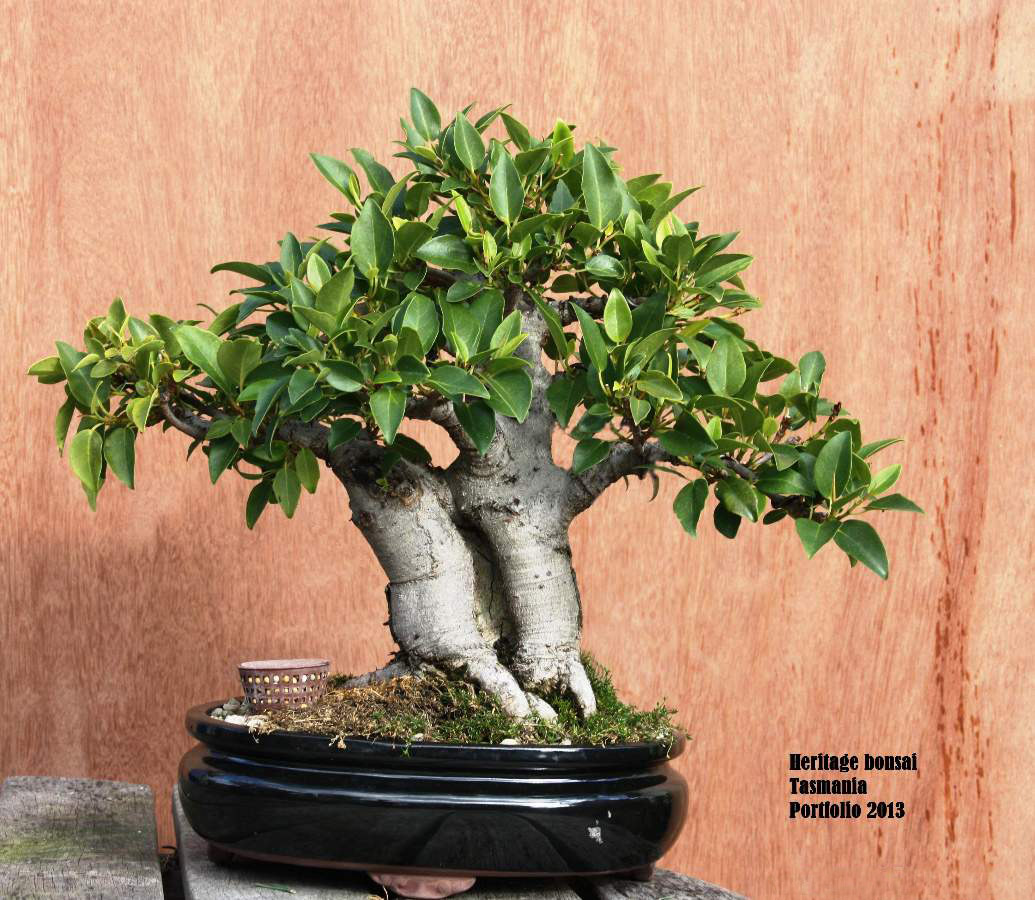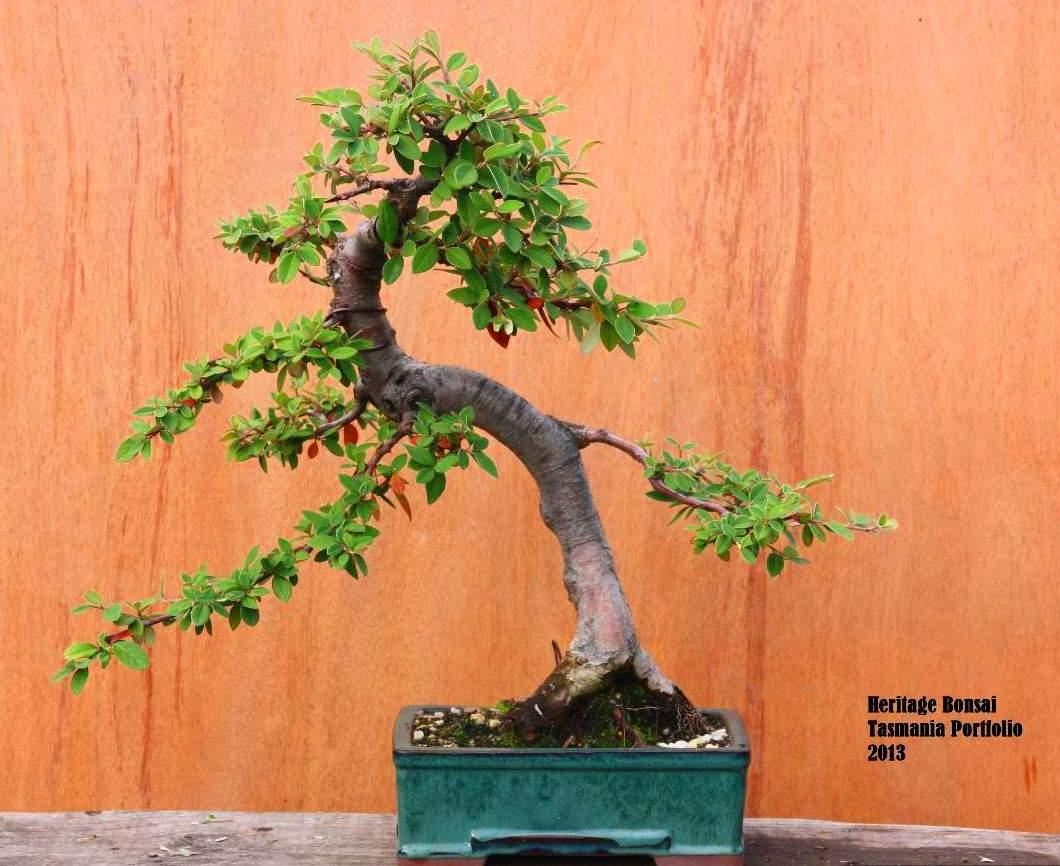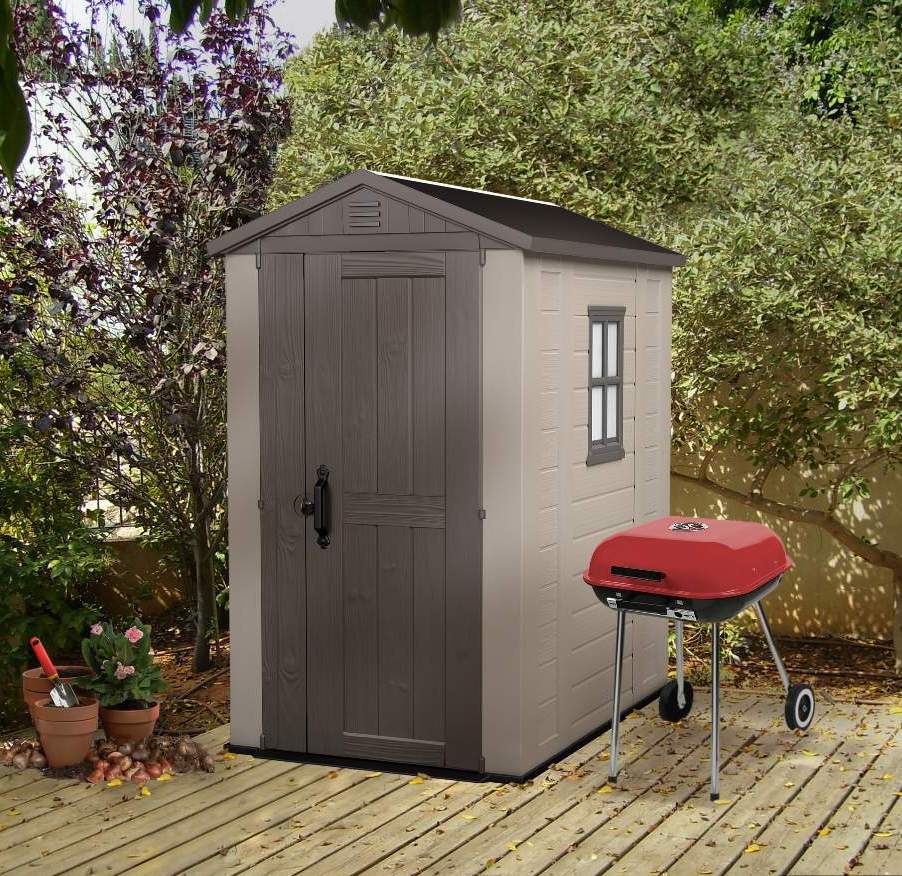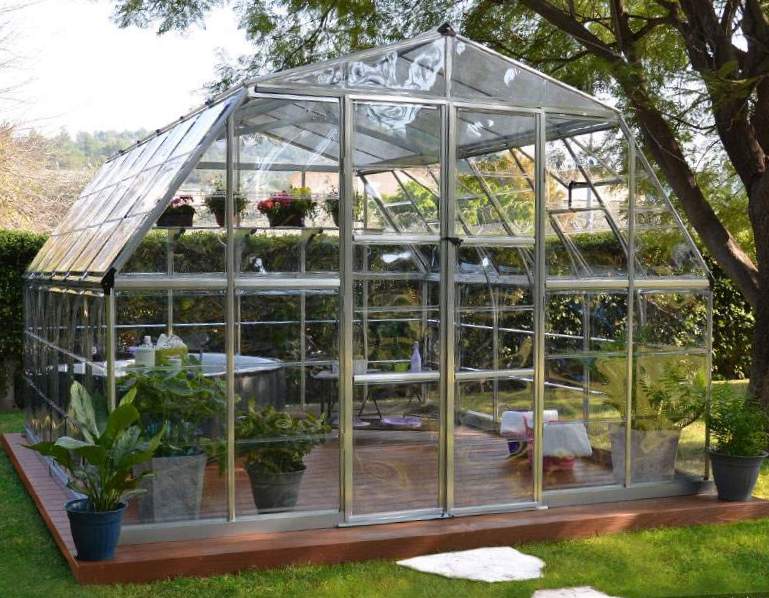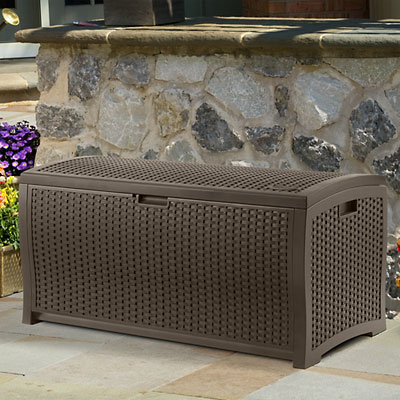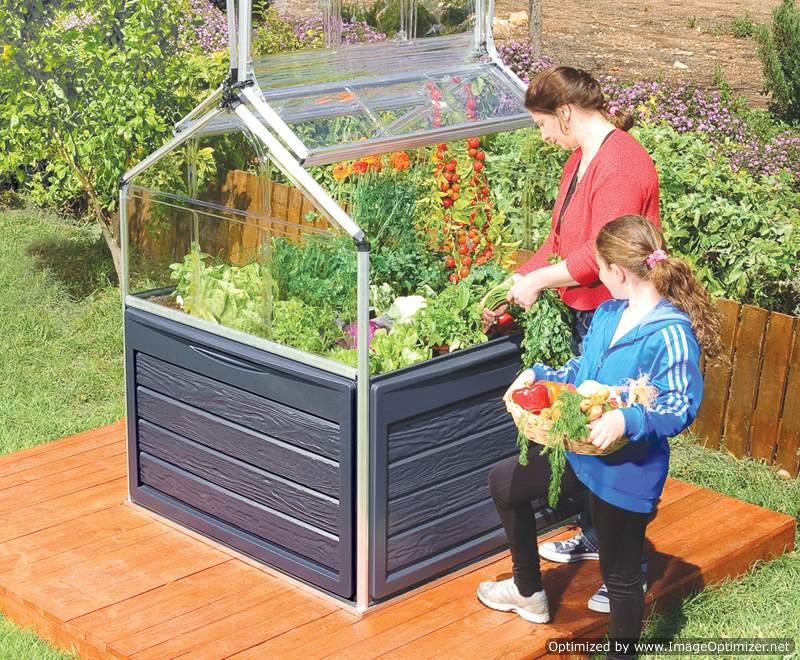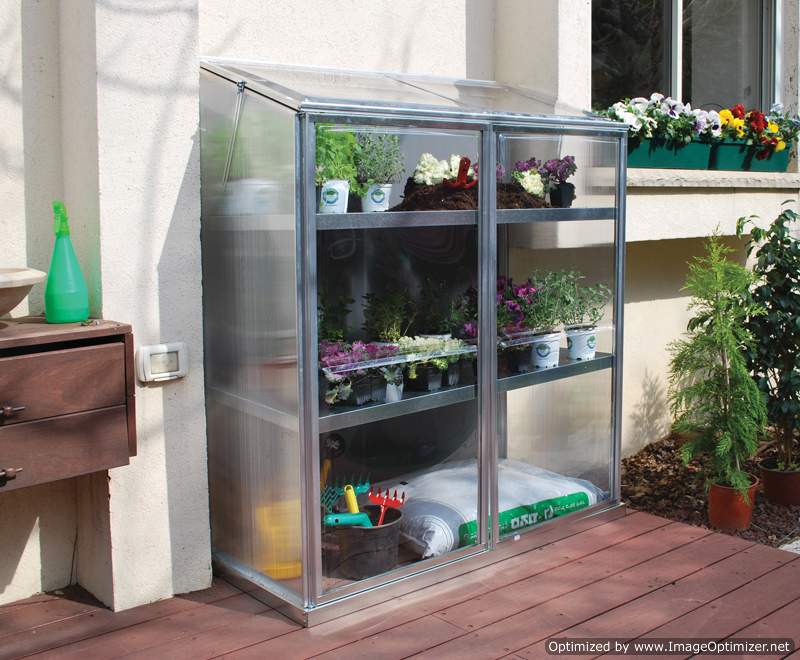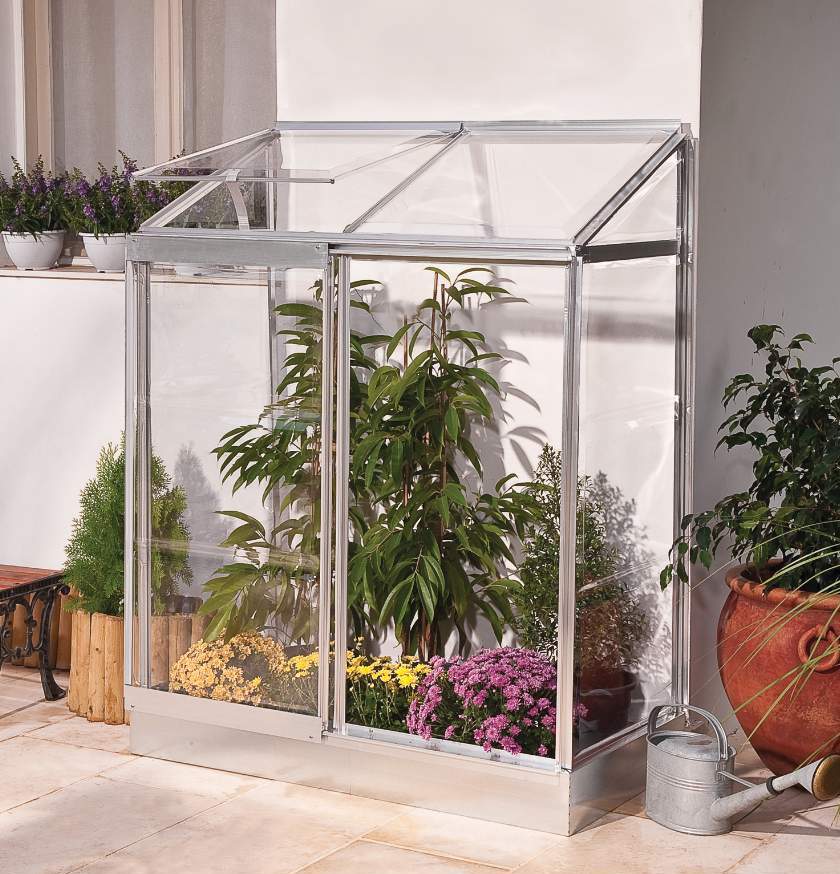Remember eating Cape Gooseberries when you were a child? Popping open the papery cases for that little orange cherry sized fruit….
Have you tried Cape Gooseberries? I’ve grown this plant year round in my greenhouse with great success – it can get a bit big but it’s easy to cut back. Little ones love popping open the paper cases to reveal the orange cherry sized fruit inside. Brings back memories of when I was a child…. and great to snack on when working in the garden as an adult.
I’ve also had the same capsicum plant growing for the past three years in the greenhouse. It seems to always have fruit, year round – including winter. It’s a smug feeling to pick them for recipes in winter and cost effective by not having to replant every year!
Everyones favorite, tomatoes in the greenhouse (as well as outside) give a longer growing season. They are earlier to bear fruit and the plants last longer into Autumn/Winter. With such a wide range of colours, sizes and flavours – it’s hard not to get excited!!
Why not pop in some cucumbers, chilies, eggplant and basil, too? For areas in Australia that do get frost, this is one way your harvest can be extended.
Maybe you might like to plant some NZ yams (oca) in the greenhouse during autumn if your summer temps are too hot to plant them outside in Spring/Summer and you get frosts in winter. See our previous blog link on growing yams (tubers can be purchased from Tasmania from June-Aug/Sept) for storage until planting.
Now is a good time to purchase a greenhouse, get it set up and give your veg seedlings a head start. Click here to see our wide range of greenhouses.
Last month of winter – Bring on Spring!
